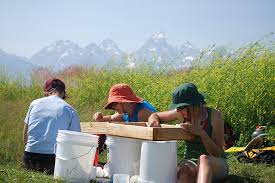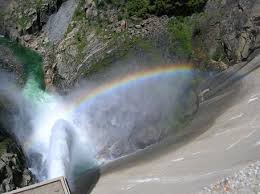Environmental science is the study of the interrelationships between living (biotic) and non-living (abiotic) things in a particular location at a point in time. It is scientific for you to observe the natural events around you and understand the changes and to some extent factors responsible for such changes.
This article will be extended to understanding changes in the environment in areas you may only read about. The natural environment is easily modified in the process of development. The environmental science first identifies the changes and then tries to answer how and why?
Meaning and Scope of Environmental Geoscience
Environmental geosciences studies the changes in the earth around us. These include the atmosphere, ocean and the solid earth (lithos or geos) and the interactions between them.
These interactions are continuous and symbiotic and they determine the habitability of the planet.
Environmental geoscience is both multidisciplinary and interdisciplinary. It covers the field of physical, biological and information sciences (including ecology, physics, zoology, mineralogy, geology, plant science etc.).
The fields of physical and biological sciences are therefore very important in environmental geosciences. The Physical Sciences relevant to environmental geosciences include geography, biology, chemistry, geology, mineralogy and geophysics.
Geography is concerned with the study of all physical features of the earth’s surface including its climate and the distribution of plants, animals and human life.

Geology is the study of the earth; its structure, composition and history. Mineralogy is the study of the naturally occurring inorganic substances that have definite chemical composition and physical character/structure.
Read Also : Casella Waste Services Complete Guide
Geophysics, on the other hand, studies the internal structure of the earth. Biological Sciences study all forms of life, including their classification, physiography, chemistry and interactions. In this regard, the biological sciences include ecology, plant science and zoology.
The environment therefore represents a scientific laboratory where physical and biological (or biotic and abiotic) activities interplay. The result is a creation of biodiversity over long periods of expansion or contraction which may in extreme/hash cases be followed by periods of mass extinction.

